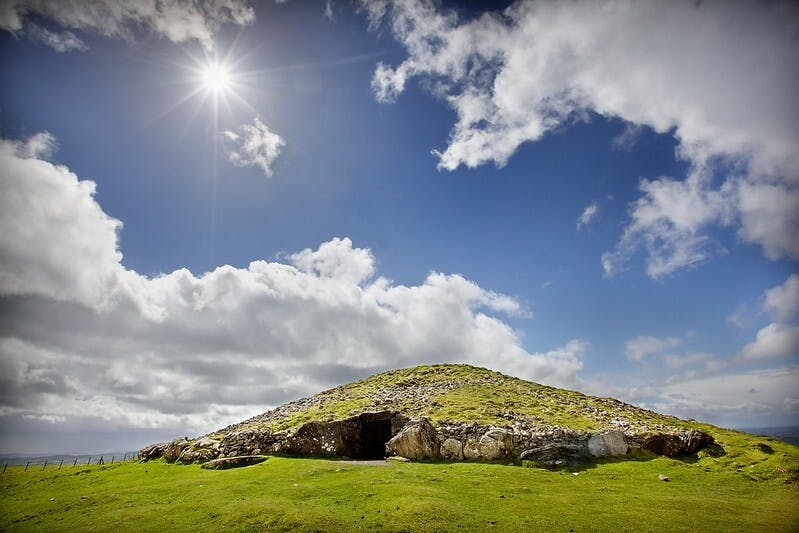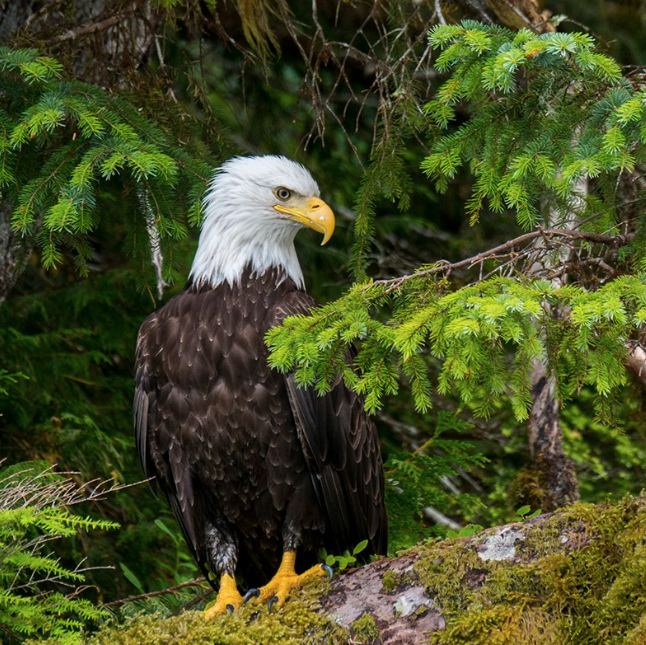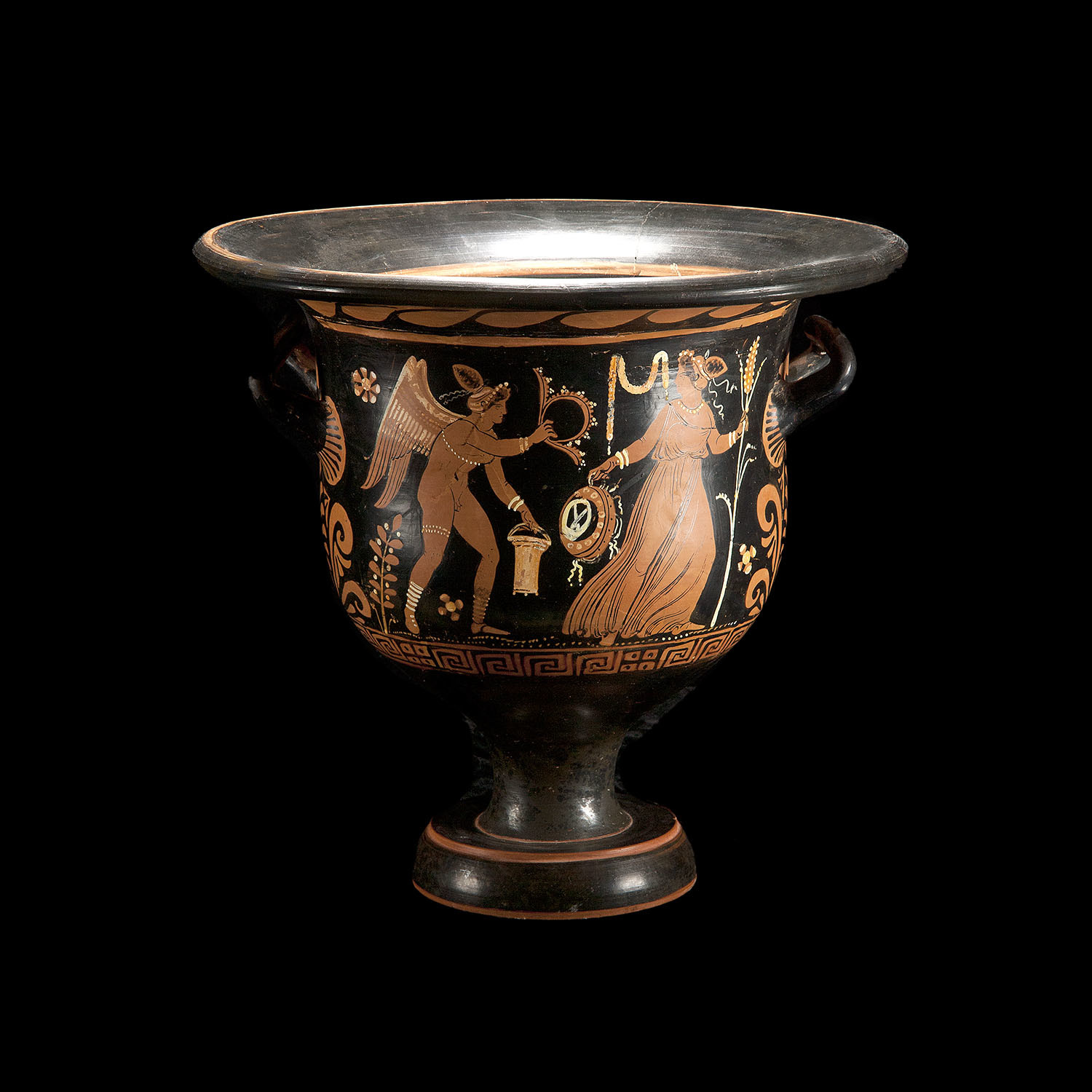What's your point? Easter is in worship of CHRIST and not a pagan deity.
The same point that is usually made when this subject is discussed: That the evidence suggests that what we call Easter was simply the incorporation of a pagan festival by the church, who then Christianized it. But the Spring Equinox predated it.
Again, I think you are avoiding common sense if you think the observance of the Spring Equinox - an ancient
pagan celebration - just appeared in the 7th century.
Here. Another piece suggesting that is likely not the case (see highlighted and italicized quotes):
Did the Ancient Celts Help Shape Easter?
Written by Ciaran Vipond on Apr 07, 2023 |
0 Comments
You may be familiar with some of the more
recent Irish Easter traditions, but what about the more distant past? Did our ancient ancestors celebrate the coming of spring with a festival like Easter? And just where did the traditions of Easter bunnies and eggs come from anyway? Read on to find out how pre-Christian "Celtic" culture helped to shape more of your Easter traditions than you might think!
The Spring Equinox in Ireland
The
March Equinox occurs around the 19th or 20th of the month each year, with day and night as good as equally matched. In the northern hemisphere this ushers in a period of longer days and shorter nights, something which our ancient ancestors were very aware of.
The spectacular Cairn T in Loughcrew in Co. Meath, was built to align with the rising sun on the Spring equinox. It seems that the equinox was an important time for the Cairn’s ancient architects.
With a construction date that may be as old as 3,200 BC, spring and the equinox was worth celebrating in Ireland long before the arrival of Celtic people.

And it's a special spot to this day. Known as the "Hag's Cairn", crowds gather there every year on the equinox to watch the sun entering the cruciform chamber of this ancient structure, "welcoming back" the sun after a long winter.
When the sunlight reaches the rear wall, it illuminates spectacular stone carvings with solar emblems
that were made around 5,000 years ago.
The Festival of Eostre
The northern European pre-Christian spring festival for the goddess
‘Eostre’, goddess of fertility, is considered as the likely inspirtation for many of the traditions that surround Christian Easter. And although the name for the Celtic Spring festival has been lost, it was likely to be related the Ēostre or Ostara.
Many Pre-Christian people and Celtic people in particular revered nature.
The godess Eostre’s symbol was a hare, and she represented the spring or dawn. Her festival, or feast day, was the March Equinox.
When the Catholic church set about converting the pagans of Northern Europe, they co-opted the symbols of Pagan Eostre including the name, to their holy day marking the crucifixion of Christ, which fell around the same time.
Hares & Eggs: Symbols of Rebirth
Pagan sunrise celebrations, hares, and eggs all found their place in the Christian Easter. It may have been a relatively easy fit with eggs and hares representing life, birth, and fertility in pre-Christian societies.

Hares even made their way into the 8th Century Book of Kells!
Our Traditions Today
The ‘Easter Bunny’ as we know it today is thought to have originated in Germany, with links back to pre-Christian traditions and Eostre. Scholars can trace the origins of the Easter Bunny in North America to German immigrants to Pennsylvania in the 18th Century.
While some scholars debate the Eostre Festival as the origins of Easter, ancient pre-Christian festivals marked by ancient people certainly helped shape our Easter traditions. Something to think about as you tuck into a chocolate bunny or egg this year!











